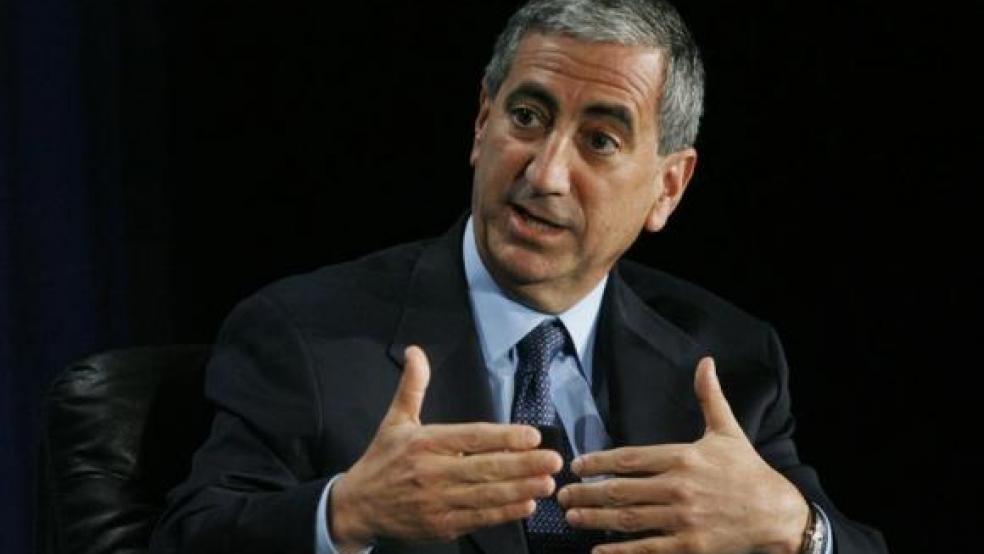You may not have heard of Ken Moelis, but you should know who he is — especially now that he’s decided to take his company public.
Moelis was a star investment banker on Wall Street — a power player at UBS who cut his teeth in the trenches at such firms as Donaldson Lufkin & Jenrette and Drexel Burnham Lambert. Before being poached (along with many members of his DLJ team) to help propel UBS into the top tier of Wall Street institutions, he oversaw the integration of DLJ’s investment banking operations within Credit Suisse. Before that, he made his way into the investment banking stratosphere while working directly with junk bond guru Michael Milken.
Related: Where Boutique Bankers Still Struggle on the New Wall Street
Then, in 2007, came Moelis & Co., an independent investment bank. By the time Moelis struck out on his own, UBS was ranked as one of the five largest U.S. investment banks, by fees, for the first time in its history. Moelis may or may not have realized that the Swiss institution was about to suffer as a result of the looming subprime crash and the financial crisis; his departure, he let it become known, was due to frustration over the bank’s bureaucratic culture.
At the time, some Wall Streeters viewed Moelis’s shift in direction as somewhat quixotic. True, there was a tradition of sorts of rainmakers like Moelis breaking loose and setting up their own firms: Morgan Stanley veteran Robert Greenhill had done just the same. These firms worked quietly and profitably on mergers and acquisitions and more rarely on underwriting transactions. They occupied niches, however, while Moelis showed a flair for turning second-tier institutions into behemoth contenders.
When Moelis & Co. launched, its architect delivered a motivational speech: “I hope this is the beginning of something that a hundred years from now people will look back on and say, ‘That’s when it started.’” He even had the founding team of bankers immortalized in the same kind of group photograph as the one that included a certain Messrs. Goldman and Sachs. Many of them had followed him from UBS just as they had from Credit Suisse/DLJ.
Top Reads from The Fiscal Times:




